What are The Vedas? A brief introduction of vedas
The earliest literary creations were the Rig-Veda, the Sama Veda, the Yajur Veda and the Atharva Veda.
The Vedas had the Mantras or the hymns, the Brahmanas or the ritual and the ceremonies, the Aranyakas or the forest speculations and the philosophical Upanisads.
The Rig-Veda hymns were regarded as the outpourings of child-like nature worship. The Rig Veda is the oldest book in any Indo-European language and contains the earliest form of all Sanskrit mantras.
It accounts in detail the social, religious, political and economic background of the Rig-Vedic civilization. The Ultimate Being whom the sages called by many names especially Ekam-sat is referred to in the neuter gender, signifying divine existence and not a divine individual.
Monotheism contemplates the Divine in heaven and polytheism contemplates the Divine in the universe. The underlying concepts of Veda are the Satya or the truth and the Vrta or the eternal order and every god or goddess represents these two ideas.
The seven primary seers of Rig Vedic period are Atri, Kanwa,Vashistha, Vishwamitra, Jamadagni, Gotama and Bharadwaja.
The Sama Veda is purely a collection of melodies or samam. It has musical notes which were almost completely drawn from the Rig Veda. It is also referred as a reduced version of the Rig Veda. The Sama Veda is the realization of Rig Veda. The Yajur Veda is also a liturgical collection and contains the requirements of a ceremonial religion. It has guide lines for conducting sacrificial acts through the prose prayers and the sacrificial formulae or the yajus.
The six complete recessions of Yajur Veda are the Madyandina, the Kanva, the Taittiriya, the Kathaka, the Maitrayani and the Kapishthala. Being the last of the Vedas, the Atharva Veda is completely different from the other three Vedas and has great importance with regard to history and sociology.
It has the spells and the charms prevalent at its time, and portrays a clearer picture of the Vedic society.
It is believed to have been composed by the rishis, the Bhrigus and the Angirasas along with the contributions of other rishis such as Kaushika, Vasistha and Kashyapa.
Related posts:
Category: Others
Comments (2)
Trackback URL | Comments RSS Feed













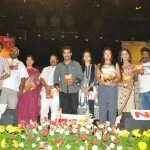







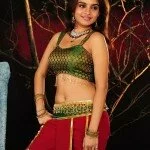








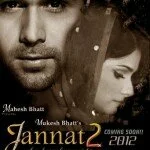
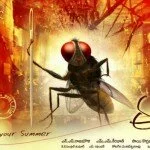
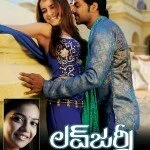
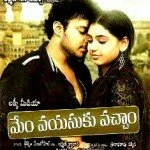








We are a bunch of volunteers and starting a brand new scheme in our community. Your website offered us with valuable info to work on. You’ve done an impressive task and our entire neighborhood might be grateful to you.
A person essentially lend a hand to make significantly articles I might state. This is the very first time I frequented your website page and so far? I amazed with the research you made to create this actual put up extraordinary. Excellent task!